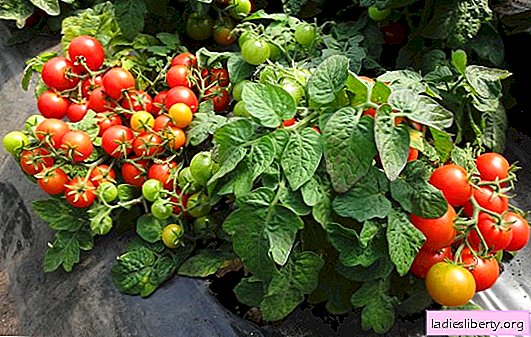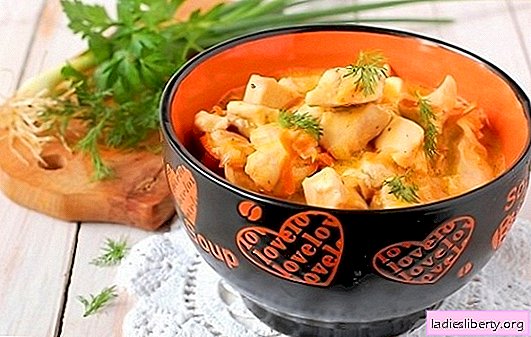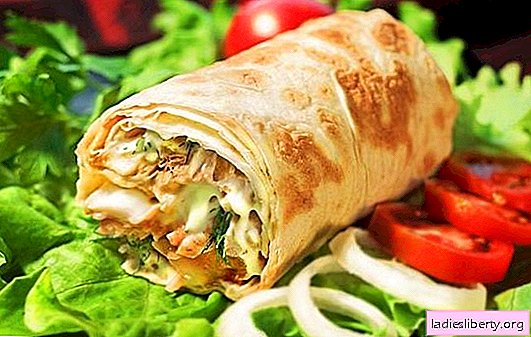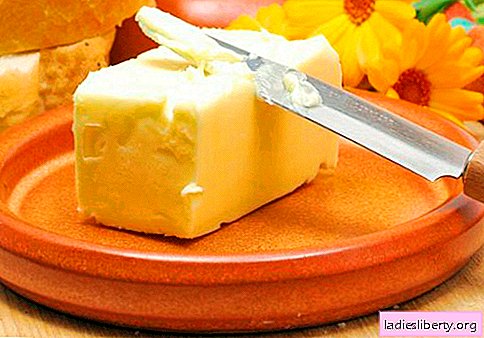
Tomatoes are vegetables that are loved and used in food in all countries. They are useful, and they have a great taste, in addition, their composition can compensate for all the missing elements in humans. Growing undersized varieties of tomatoes is simple, but sometimes it is difficult to quickly get the desired result.
It is necessary to follow the agrotechnical rules, and choose the most suitable varieties for your region.
Undersized varieties of tomatoes
The main plus of the undersized varieties is the friendly and early ripening of the fruits. Varieties of small height are well suited for growing on a simple garden bed and for planting in a greenhouse. They are not afraid of sudden changes in humidity and temperature. For sowing, seeds of varieties adapted in a certain part of the country are chosen, so you can grow a decent crop. From ordinary, undersized tomatoes differ in that they do not need to be stepson, since they do not grow lateral shoots.
Low-growing tomatoes ripen almost simultaneously. Most varieties can be harvested as early as 80-120 days after sowing seeds. The mass of fruits of low tomatoes varies from 30 g. to a whole kilogram.
Frost-resistant varieties can be sown directly on a bed under a film shelter. Sown in late March, the first decade of April, and harvested in mid-summer. This makes it possible to avoid unnecessary worries associated with transplanting seedlings to a permanent place. Plants are hardened in the open air, for this reason it is better able to withstand adverse conditions.

Features of this seeding:
• Wells before planting seeds are fed with rotted manure, add wood ash and good compost;
• Between plants need to leave a free space of at least 40 cm;
• Plants on the garden are watered abundantly - they are poured 5-7 liters per well, but this can be done a maximum of once a week. In the dry season, you can water a little more often, focusing on the condition of the soil;
• The soil must be carefully loosened; the roots of seedlings must not be injured.
Bushes of undersized tomato varieties do not need to remove stepsons, but in order to obtain large fruits, individual lateral shoots are selectively removed.
Sowing seeds
Experienced garden owners give several recommendations for sowing seeds, which will make it possible to prevent serious mistakes and significantly increase the yield of tomatoes:
• Sowing seeds in boxes should not be thicker than after 2-3 cm. This allows you to grow healthy and strong seedlings;
• After young plants rise by 7-9 cm, it is necessary to feed them with complex compounds for the first time;
• After watering, the stems must be primed. This will simplify further picking seedlings;
• Before transplanting, seedlings must be hardened, and kept for two weeks in a greenhouse for acclimatization;
• Before transplanting, growing seedlings should be fed at least 3 times with a solution of superphosphate, potassium sulfate and urea, or nitroammophoska should be used for this.
The beds need to be preliminarily prepared for transplanting tomato seedlings:
• Fertilize the site with organic and mineral fertilizers;
• Dig the soil onto the spade bayonet;
• Make holes for planting seedlings, 15-25 cm in diameter after 40 cm;
• After planting every 4 rows, make a passage 0.5 meters wide to make it convenient to care for plants;
• When the seedlings are planted, it must be well watered.
The soil in the beds after planting needs to be kept moist all the time, you just need to often water it with a small amount of water. When the plants restore their roots and begin to grow normally, the intervals between watering are increased, but watered at a time, pouring more water than before. A month after planting, you can once again feed the plants.
What are good undersized varieties
The main advantage of undersized tomatoes are several important advantages:
• Ease of caring for plants - there is no need to use special devices for planting and caring for them; just loosen the soil, water it on time and feed it with a set of fertilizers;
• There is no need to spend time on removing stepchildren and forming plants;
• Harvest ripens early and almost simultaneously;
• Plants do not get late blight disease. The reason for this is the early ripening of fruits, for this reason late blight does not have time to develop on tomato bushes.
The gardener can decide for himself which ones to grow in the garden.
They are divided into 3 varieties:
1. Determinant varieties. They grow successfully both in a greenhouse and in a regular garden bed. The rapid growth of lateral shoots accelerates and improves the formation of the plant, for this reason they do not need to pinch and tie;
2. Semi-determinantal. Best grown outdoors. When the plants rise by 70-90 cm, they pinch the upper part of the shoots, otherwise they will grow above 1.3 m and they will be required to attach the shoots to the supports. They do not need to be stepson, but to increase the mass of fruits and accelerate ripening, part of the shoots are removed;
3. Superdeterminant. Ripen in the early or medium terms, very productive varieties, tomatoes spelled together. These tomatoes need to be planted, and you need to properly form the plant.
Seeds need to be bought in specialized places, because the seed can be pollinated with other varieties, as a result they will lose their varietal characteristics, and instead of a compact bush of a low-growing variety of tomatoes, you will get giant thickets similar to the jungle.
The most common varieties
Breeders have created a huge number of undersized varieties of tomatoes, and vegetable producers among them chose the best form.
Nevsky. A determinant variety that ripens early and resists most diseases. The first crop can be obtained from plants aged 65-95 days. Designed for greenhouses, but successfully developed on a regular bed, plants reach 35-50 cm.
With proper care, one bush "Nevsky" is able to grow up to 1.5 kg of vegetables. Tomatoes are medium in size, their mass reaches 60 grams. 5 plants can be planted per 1 m2, for this reason, the owners of small land plots love this variety.
The main disadvantage of this variety is the demanding for additional nutrition and average yield.
Snowdrop. Semi-determinant, precocious, cold-resistant variety, designed for cultivation in the northern regions on a regular bed, can develop normally on poor soil.
This variety is undemanding in care and is able to produce stable crops, dense tomatoes every year. Fruits are collected in brushes, on which 6-8 fruits grow, of an average size weighing about 150 grams. It is noteworthy that large tomatoes grow mainly on the lower branches. Bushes can grow up to 130 cm, but with timely tweezing of the tops of the shoots, they will not grow more than 60-80 cm. You can collect 1.5-2 kilograms of tomatoes from each plant.
It must be taken into account that frequent and plentiful top dressing is necessary for this variety.
Short to early. Harvest ripens ahead of schedule, you can cut the first tomatoes into a salad in July, the fruits ripen together. Bushes are able to grow up to 60 cm, there is no need to pinch plants. Tomatoes grow medium-sized weighing about 100 grams. The variety is intended for cultivation in a greenhouse and in an ordinary garden bed.











